Evolution of human RNA viruses
Richard Neher
Biozentrum, University of Basel
slides at neherlab.org/202201_Thaler.html
Human seasonal influenza viruses
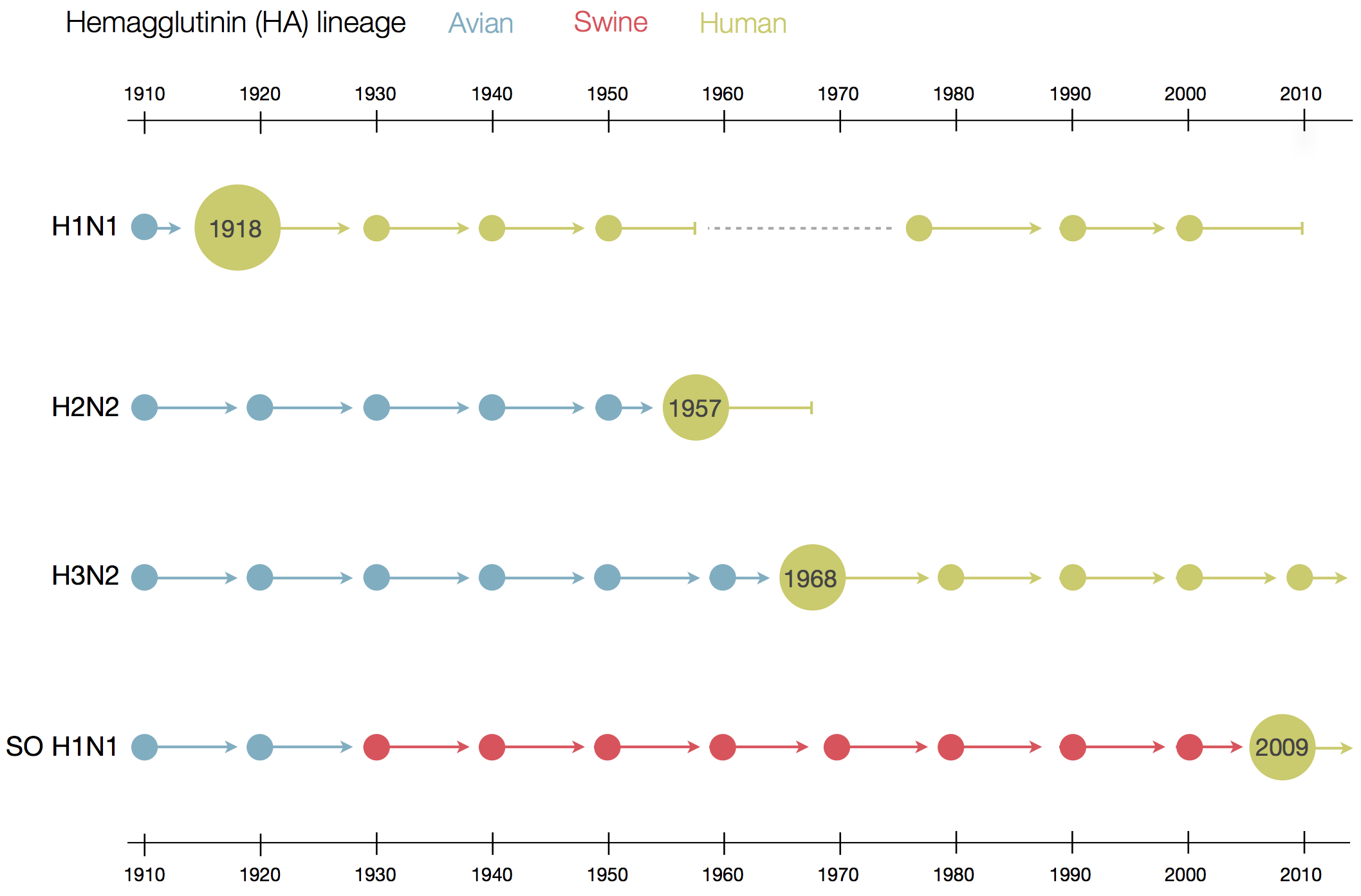
Positive tests for influenza in the USA by week
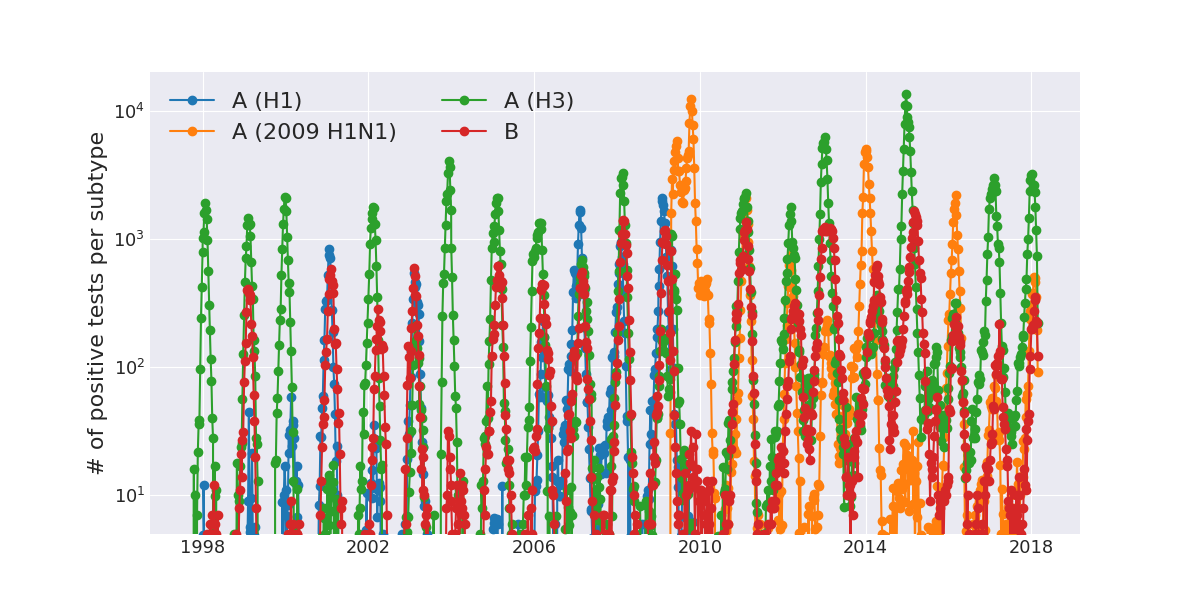 Data by the US CDC
Data by the US CDC
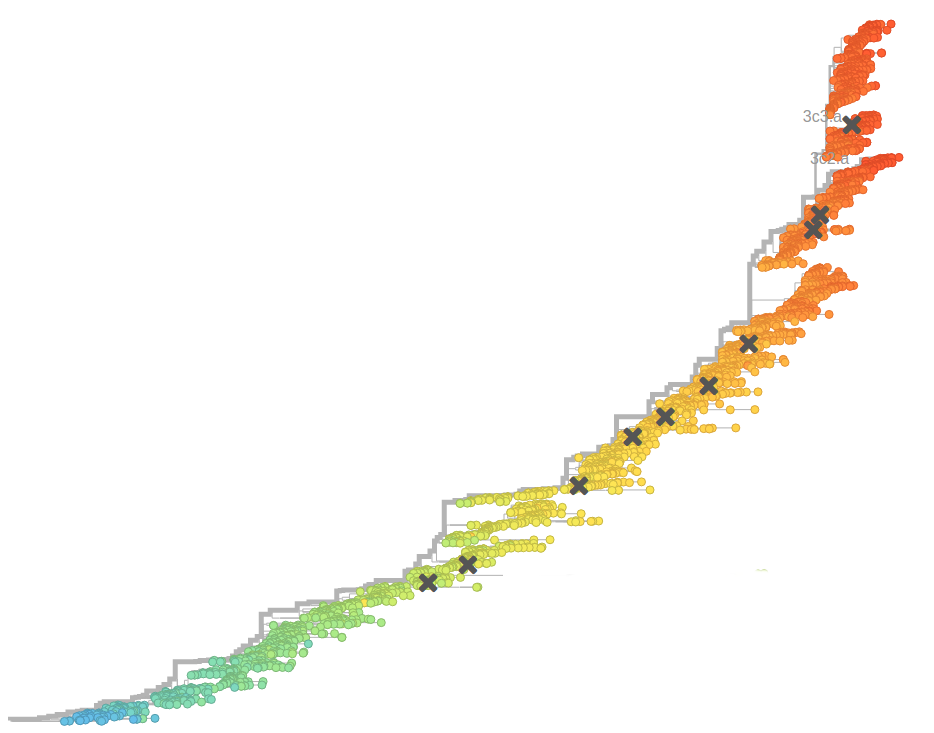
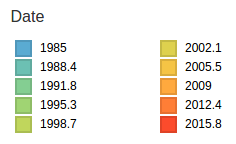
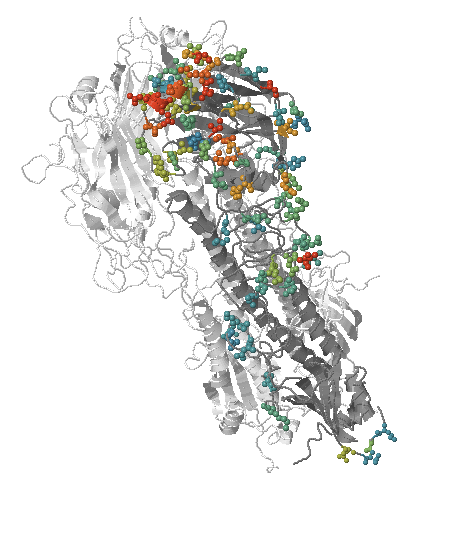
- Influenza viruses evolve to avoid human immunity
- Vaccines need frequent updates

Do all eukaryotic viruses do this?
- Many human RNA viruses show such patterns of rapid antigenic evolution
- BUT: the same viruses evolve less rapidly in live-stock
- Shorter generation time → less frequent re-infection
- Selection is on transmission rather than re-infection
- Human DNA viruses behave very differently
How do viruses achieve endemicity?
Endemicity requires
- Waning immunity
- Antigenic evolution/escape
- Population turnover
- Infection all naive as quickly as possible
- Antigenically stable
- Very high R0/transmissibility
- Reinfection through antigenic evolution
- Waning of immunity
- Different viruses employ both strategies to different degrees
Eukaryotic vs prokaryotic viruses, RNA vs DNA viruses
- Life-time of the host compared to the infection duration
- long: HIV, Herpes Viruses, HPV
- short: Influenza, common colds, enteroviruses, measles virus
- Frequency of reinfections
- common: Influenza viruses, enteroviruses,
- rare: Herpes, HPV, Measles
- Lytic vs lysogenic
- maybe latent infections can be thought of as some sort of lysogeny? but no replication with the host
- lytic would be more akin to a virus that kills its host